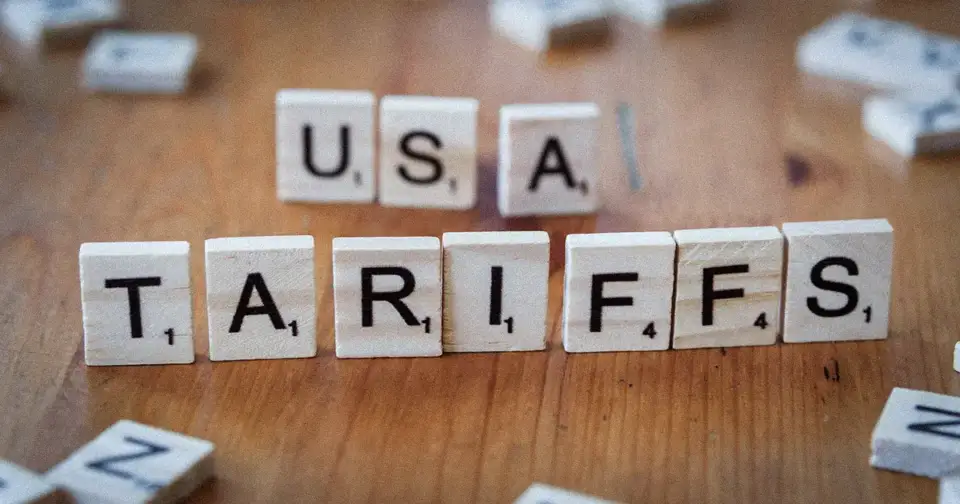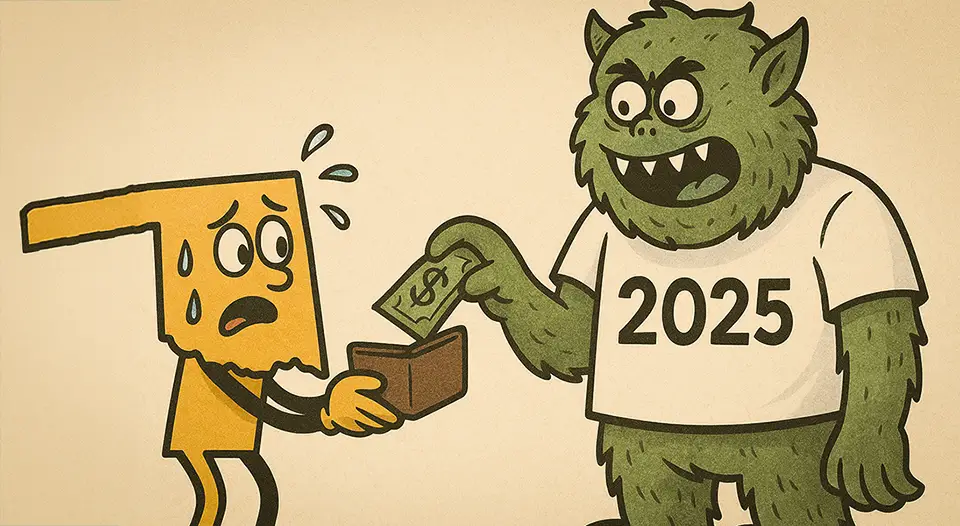It’s no secret—everything seems to cost more these days.
And if you’ve been thinking about replacing your air conditioner or upgrading your HVAC system, you may have noticed that prices are climbing fast.
But why is this happening, and can you do anything to get ahead of it?
At GNH Heating & Cooling, we’re here to break it down for you in simple, practical terms. From new federal tariffs to changing refrigerant rules, 2025 has brought a perfect storm of cost drivers pushing HVAC prices higher. But don’t worry… we’re also going to share ways you can save money, avoid surprise costs, and make the most of local and federal rebates.
Whether your current system is on its last leg or you’re just trying to plan, this post will give you the insights (and the confidence!) you need to make the best decision for your home and budget.
What’s Going On With HVAC Prices in 2025?
A New Wave of Tariffs is Driving Up Costs
In early 2025, President Donald Trump introduced a series of new “reciprocal tariffs” aimed at encouraging more domestic manufacturing. While the idea is to bring jobs back to the U.S., there’s been a downside for homeowners: higher prices on many imported goods, especially HVAC equipment and components.
Here’s what’s happening:
- Tariffs range from 20% to 46% on imports from key countries like China, Taiwan, Vietnam, Japan, and the European Union.
- A 10% baseline tariff is now being applied to all countries, adding a general price increase across the board.
- teel and aluminum imports—essential materials in HVAC systems—are now subject to 25% tariffs from Canada and Mexico.
Since many HVAC systems rely on foreign-made parts or materials, even units built in the U.S. are getting more expensive. Many major manufacturers (like Carrier, Trane, Lennox, and Daikin) have production plants overseas, so these tariffs directly increase the cost of building each unit.
Bottom line? HVAC equipment costs have jumped 20% to 40% in just a few months—and they could rise even higher as the year goes on.

Refrigerant Regulations Are Changing…
And That’s Another Price Bump
Another major change this year is the EPA’s crackdown on older refrigerants. Starting January 1, 2025, the U.S. has banned the use of high Global Warming Potential (GWP) refrigerants like R-410A in new HVAC systems. Instead, systems must now use low-GWP alternatives such as R-454B.
While that’s great news for the environment, the transition comes at a cost:
- Manufacturers have had to retool entire factories to build systems compatible with the new refrigerants.
- Training technicians, updating tools, and re-certifying service methods have added labor and equipment costs.
- Older refrigerant models are being phased out, making repairs more expensive and replacements more urgent.
If your current system uses R-410A, you might soon find it harder (and more expensive) to service. This makes 2025 a critical window to upgrade before your options narrow and prices rise even more.
Why This Hits Homeowners in Tulsa, OK
GNH Heating & Cooling has served homeowners throughout the greater Tulsa area for years. We understand that replacing an HVAC system is a big investment—and one you only want to make when necessary.
But with these changes, waiting might cost you more. The impact isn’t just for new systems either. Even routine maintenance, refrigerant top-offs, and part replacements may be affected due to supply chain disruptions and regulatory shifts.
Here’s What You Might See Locally:
- Longer wait times for certain equipment models
- Fewer seasonal discounts as suppliers adjust to higher base costs
- Increased service costs due to more complex installations and new technician training

So… What Can Homeowners Do to Save?
Let’s flip the script. Yes, prices are going up… but you’re not powerless. There are smart, proactive steps you can take to stay ahead of the changes and protect your budget.
1. Upgrade Sooner Rather Than Later
If your HVAC system is over 10–15 years old, struggling to maintain comfort, using R-410A refrigerant, and/or needing frequent repairs… then now is the time to consider replacing it. Prices are only going in one direction (hint: up), and waiting could mean spending thousands more.
Upgrading now also helps you lock in current inventory before models using older refrigerants are phased out completely.
💡 Bonus Tip: Schedule a free in-home system assessment with GNH Heating & Cooling. We’ll help you decide whether a repair or replacement makes more sense… no pressure, just honest advice.
2. Tap Into Energy Efficiency Rebates and Tax Credits
Did you know you could get up to $3,200 in federal tax credits when installing a high-efficiency HVAC system? Here’s how it breaks down:
- Heat Pumps: Up to $2,000 in tax credits
- High-efficiency central air conditioners: Up to $600
- Home energy audit: $150 credit
- Electrical upgrades (like panel replacements): Up to $600
These credits are part of the Energy Efficient Home Improvement Credit and apply to many of the systems we install in Oklahoma. Combine them with state incentives and possible utility rebates, and the savings can increase.
💡 Bonus Tip: We help homeowners navigate these programs so you don’t miss a dime. Ask us about which systems qualify for the most rebates!
3. Explore Financing Options That Work for You
We get it… HVAC replacements can be a big expense. But that doesn’t mean you have to pay everything upfront. GNH Heating & Cooling offers affordable financing plans for qualified buyers, so you can spread out the cost over time while upgrading before prices increase more.
Meanwhile, you can enjoy energy savings immediately. And even better? Many of our customers find that their new, efficient system saves enough on utilities to help cover the monthly payment.
4. Go Ductless or Consider Mini-Split Heat Pumps
If you’re looking to save even more, consider switching to a ductless mini-split system or a cold-climate heat pump. These modern systems are super energy efficient and great for zone control, where you can heat and cool specific rooms. Mini-splits are perfect for homes without ducts, sunrooms, garages, or additions.
Modern mini-split systems are easy to install and maintain, and they work well in Oklahoma’s variable climate… providing heating and cooling with lower operating costs.
5. Get a Home Energy Audit
Want to maximize your HVAC investment? The best way to do that is to ensure your home works with your system—not against it.
A home energy audit can help identify:
- Air leaks and insulation issues
- Inefficient windows or doors
- Areas where energy (and money) is being wasted
Plus, energy audits qualify for a $150 federal tax credit. You can use the results to plan cost-effective improvements that reduce how hard your HVAC system has to work—which means lower utility bills and a longer system lifespan.
Final Thoughts
At GNH Heating & Cooling, we believe that home comfort should be affordable and stress-free… even in the face of inflation, regulations, and rising costs. That’s why we’re here to help you navigate 2025’s changes with honest advice, expert service, and a variety of ways to save money.
If you’re considering an upgrade or just want to understand your options, don’t wait. Let’s talk now, while you still have access to current inventory, rebate opportunities, and seasonal pricing.
Give us a call at (918) 804-1549 or schedule your in-home assessment online. Our team will inspect your current system, recommend efficient options that fit your needs and budget, and do whatever we can to help you qualify for available rebates and tax credits. And, of course, we will offer financing options that make it easy to say yes!


